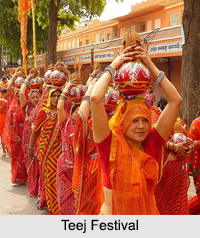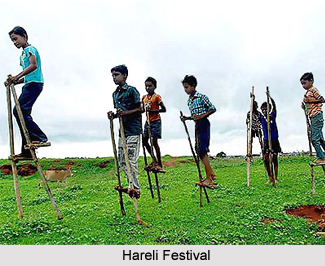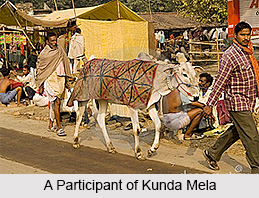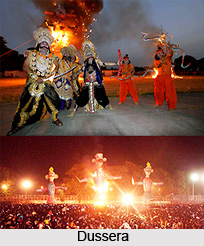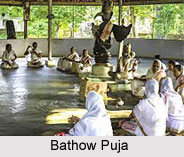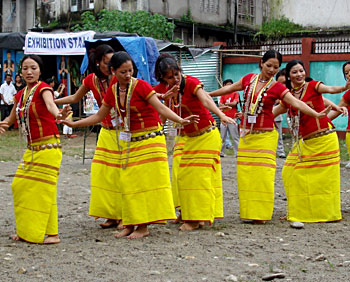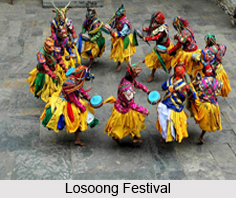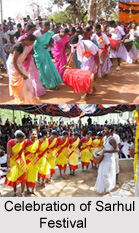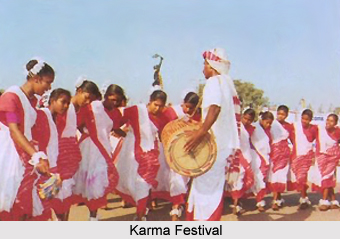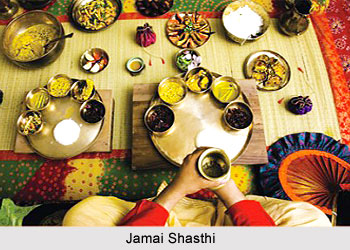 Jamai Shasthi is a traditional Bengali ritual which is observed in the month of June. According to the Bengali calendar it is celebrated on the sixth day of the Shukla Paksha i.e. the Waxing Phase of moon in the month of Jaishto. The ritual is celebrated in honour of the Jamai i.e. the son-in-law. On this day the son in law is entitled to a grand celebration in the house of his in-laws. This celebration is marked with huge feasting and exchange of gifts among each other. The mother-in-law performs certain rituals on their arrival for the well being of her son in law and daughter.
Jamai Shasthi is a traditional Bengali ritual which is observed in the month of June. According to the Bengali calendar it is celebrated on the sixth day of the Shukla Paksha i.e. the Waxing Phase of moon in the month of Jaishto. The ritual is celebrated in honour of the Jamai i.e. the son-in-law. On this day the son in law is entitled to a grand celebration in the house of his in-laws. This celebration is marked with huge feasting and exchange of gifts among each other. The mother-in-law performs certain rituals on their arrival for the well being of her son in law and daughter.
Origin of Jamai Shasthi
Jamai Shasthi is an ancient custom practiced since ages by the Bengalis. According to a legend, Goddess Shasthi had once returned the lost sons and daughter of a greedy woman. The greedy woman used to eat away all the food and would blame it on the cat. The cat being the appurtenance of mother Shasthi complained who in return punished the woman. Being punished she later repented and performed rituals before the Goddess. It is said that the goddess satisfied with her prayers returned all her children. Since then the Goddess Shasthi is worshiped by all women folk for the well being of their children and to protect them from all odds. The day is observed as Aranya Sasthi in many other regions.
Jamai Shasthi Rituals
Certain rituals are followed during the Jamai Shasthi. The son-in-law is welcomed by his in-laws in traditional way. When the son in law along with the daughter arrives, the mother holds a thali or a plate which contains dhan (paddy) dubbo (grass) and 5 other different fruits. The mother then sprinkles some grains and grass on the head of her son-in-law and then blesses him. After putting a small mark called phota on his forehead with curd, she ties a yellow thread known as Shasthi thread on his wrist. This ritual is considered quite auspicious.
Jamai Shasthi Celebrations
On the occasion of Jamai Shasthi, the whole family of the daughter gets engaged in elaborate celebrations. A small feast is organized where the mother-in-law prepares some exotic Bengali dishes. The cuisines include a number of fish preparations, as fish is an all time favourite of the Bengali families. Other preferred delicacies of the son in law are also served. Another important part of the menu is the rosogollas and other different types of sweets. After the grand feast, some social functions are conducted. A lively atmosphere of fun and interaction with the Jamai prevails in the house of the in laws.
This festival of Jamai Shasthi plays vital role in bringing the couple especially the son-in-law (Jamai) closer to the family of the in-laws. This also helps in constructing a safe and sound family bonding.
